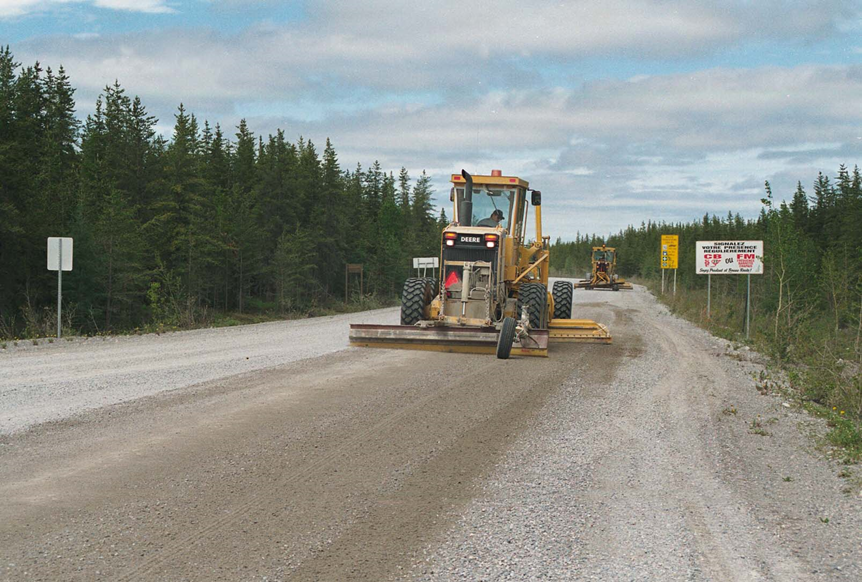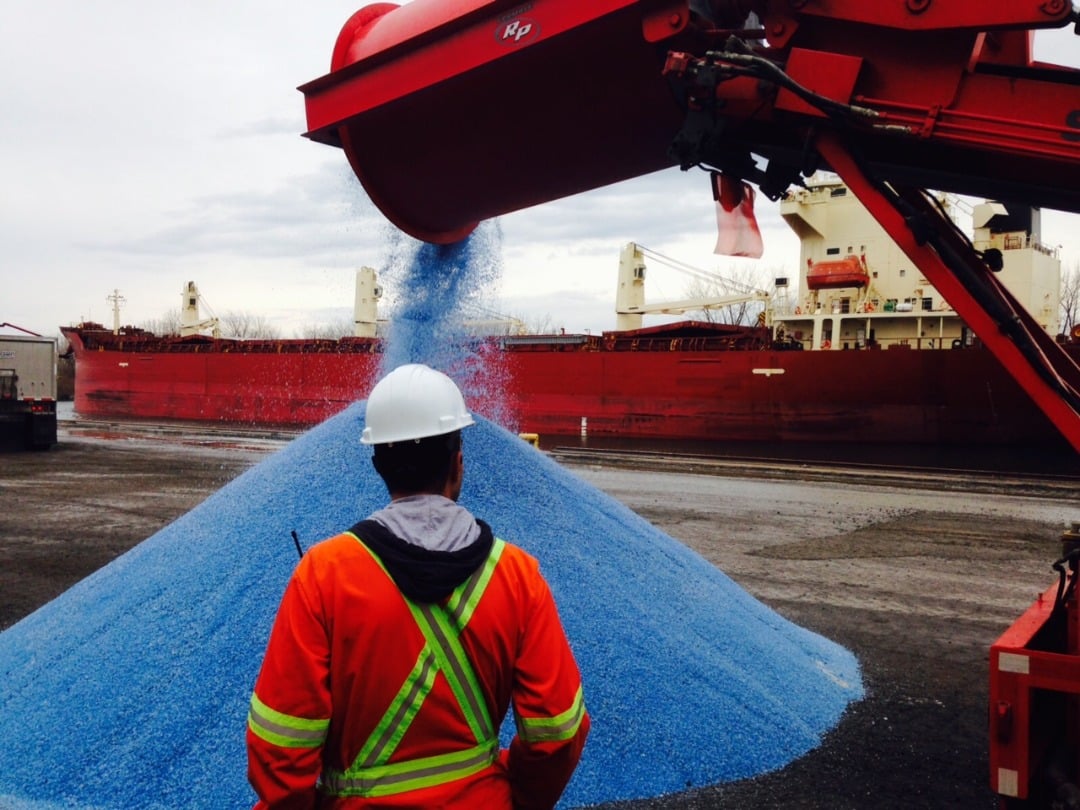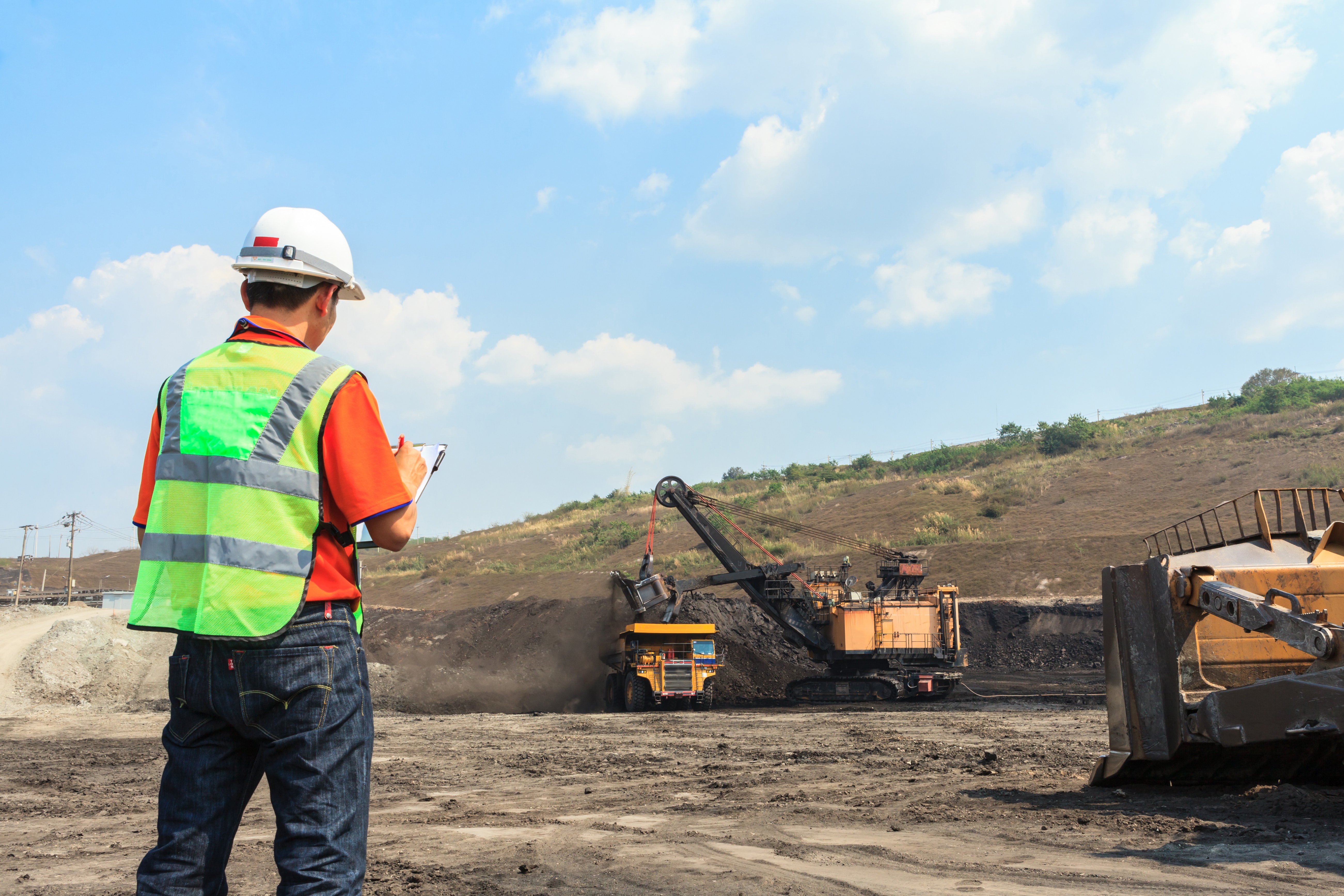Well aware that informed customers will benefit from the effectiveness of the product, we made a list of frequently asked questions to help with your calcium chloride purchase.
Somavrac C.C. specializes in the sale and distribution of calcium chloride, an effective dust suppressant and de-icer. Calcium chloride is available in liquid (35% concentration) or solid (85% concentration flakes) form. In winter, calcium chloride can be mixed with abrasives or road salt to improve handling and performance. A corrosion inhibitor can be added to its liquid form to significantly reduce corrosion on equipment, cars, etc.
1. Where does the calcium chloride sold by Somavrac C.C. come from?
Calcium chloride is made from natural brine (salt water), which has been buried in the soil for millions of years. This natural brine is then purified in order to extract only the calcium chloride molecules from the water solution. It is then ready for commercial distribution. Thus, by evaporating calcium chloride brine, calcium chloride is produced in 85% concentrated flakes or 90% concentrated pellets.
2. Why is it better to wet the road before spreading calcium chloride flakes?
Wetting the road helps the product melt and quickens its activation. It also improves the penetration of calcium chloride into the gravel and reduces product loss from vehicle traffic.
3. When should the road be wet?
Before spreading the product and/or during a dry period to reactivate it.
4. Is calcium chloride more effective in liquid or solid form?
Both products offer the same results given equivalent application rates. Depending on the equipment available and your budget, either form can meet your needs.
5. What level of calcium chloride does Environment Canada recommend for successful dust control?
– Flakes: 2 metric tons/km
– Liquid: 3,600 liters/km
6. On what width?
4 meters or full width.
7. Why should we change our application rate?
– Type of road (municipal, forest, private access, etc.)
– Its usage (daily traffic)
– Natural environment (hours of sunshine)
– Addition of gravel
8. Is it important to apply the minimum rate per kilometer?
Yes – it increases performance and yields a better residual rate.
9. What influences the performance of a dust suppressant?
– Road preparation before treatment
– Traffic density
– Weather
– Application rate of dust suppressor
In terms of traffic impact, one float trailer is equivalent to 13,000 cars. This highlights the importance of the minimum application rate of calcium chloride per kilometer, even on roads where traffic is not very dense.
We hope this article helps with your next purchase of a dust suppressant, de-icer, tire ballast, or other product.



















